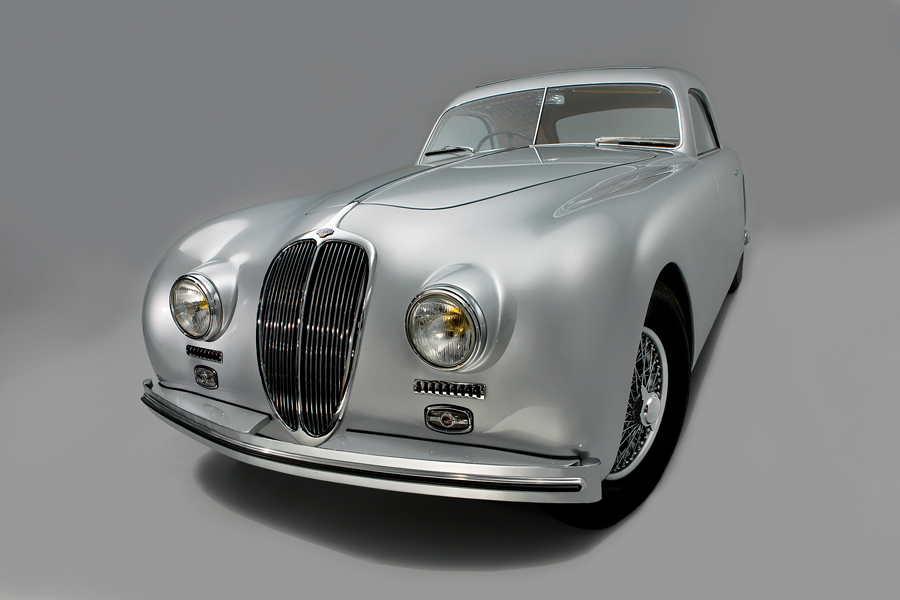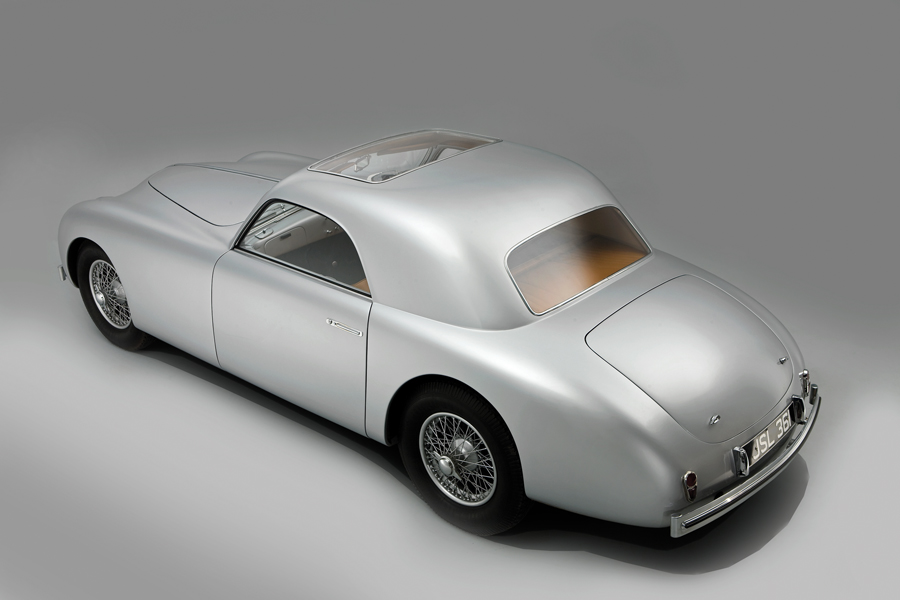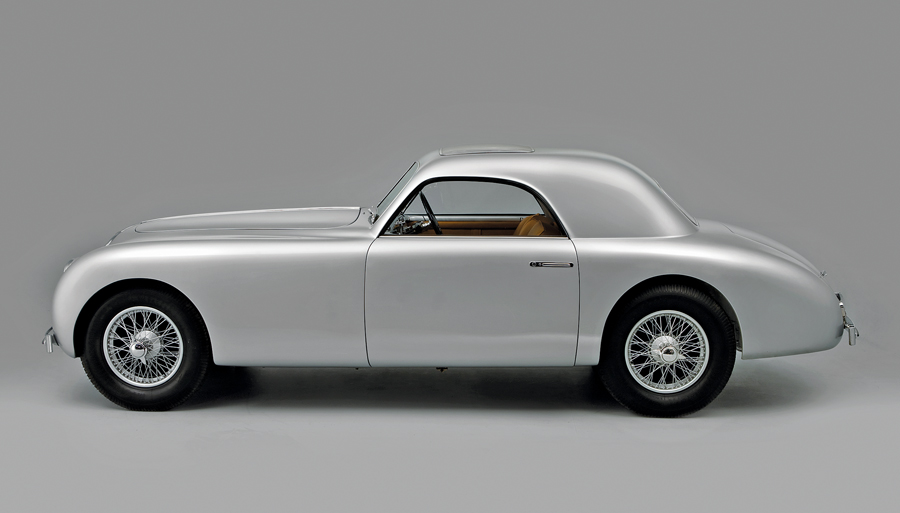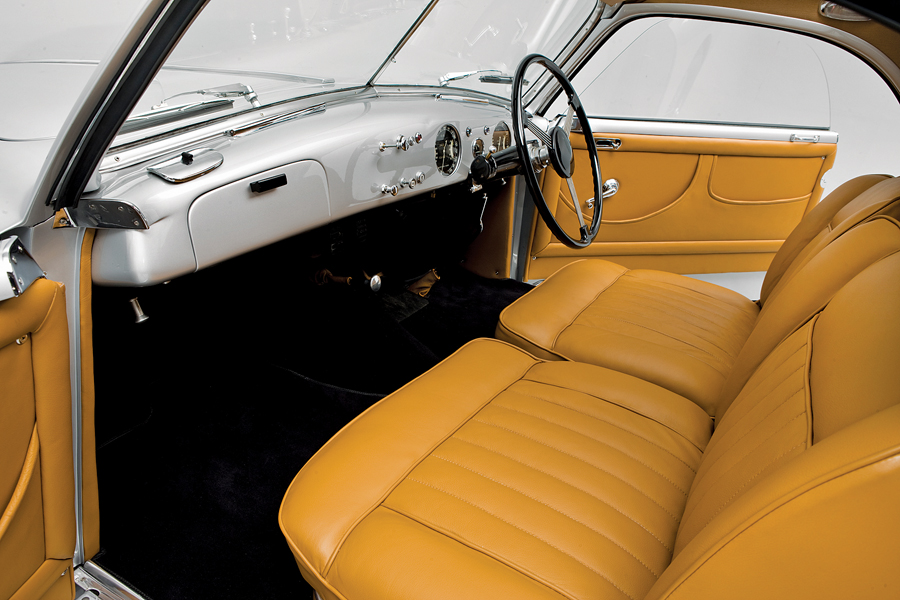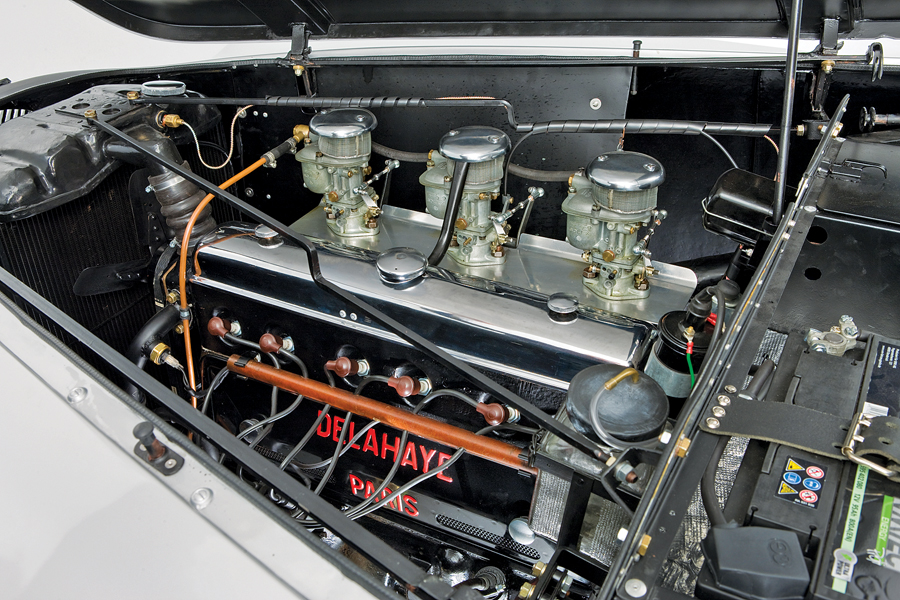SCM Analysis
Detailing
| Vehicle: | 1947 Delahaye 135 MS Coupe by Pinin Farina |
| Years Produced: | 1946–53 |
| Number Produced: | 1,125 (M and MS) |
| Original List Price: | $15,000 (approximately) |
| SCM Valuation: | $412,500 (MS cabriolet) |
| Tune Up Cost: | $3,500 |
| Chassis Number Location: | Stamped on left frame rail and on chassis plate |
| Engine Number Location: | Tag on left front of engine; casting number on lower left block |
| Club Info: | Club Delahaye |
| Website: | http://www.clubdelahaye.com |
| Alternatives: | 1947 Alfa Romeo 6C 2500, 1952 Bentley R-type Continental, 1947 Talbot-Lago T26 |
| Investment Grade: | B |
This car, Lot 157, sold for $478,000, including buyer’s premium, at Bonhams’ Amelia Island, FL, auction on March 8, 2018.
I was inexorably drawn to this car when I saw it at the Bonhams Amelia Island sale preview. It pushed so many of my passion buttons — a French grand routier, clothed in elegant Italian coachwork, as at home on the concours lawn as it would be in a rally, useful for a weekend away and a drive to the opera.
I am pleased to see interest in post-war Delahayes pick up. That they were built in the late 1940s rather than the late 1930s takes nothing away from their performance or presence — not much in the car world moved ahead while the world was at war.
Things would get moving more quickly as the 1950s progressed, but there is still a great deal to appreciate in the initial offerings of manufacturers across the globe as the post-war market regained its footing. The sporting prowess of the Delahaye 135, a pre-war star, was still proved in races into the early 1950s.
A great coachbuilding platform
As an enthusiast passionate to the point of obsession about coachbuilt cars, I’m intrigued with Delahayes such as this. I can think of few other marques and models that surpass the Delahaye 135 in the sheer variety of bodies fitted to this chassis. No matter what your tastes, it seems that you can find a style that suits you. From over-the-top flamboyance to incredibly sober, so many designers expressed the wishes of their clients in these cars and in so many different ways.
For this example, that proved to be something of a conversation point. Just about everyone with whom I spoke found the car immediately appealing.
That said, there was also a group who felt that the design, very reminiscent of Pinin Farina’s work on the Alfa Romeo 6C 2500 chassis of the period, might be a bit too somber for a French sporting luxury car. That faction thought that if you were going to pay big money for a Delahaye, it should have that unmistakable Parisian-boulevard dash and glamour.
That’s the great benefit of variety — each of us gets to choose what is most pleasing.
A new record price
I was quite happy to see that this car appreciated to the point of setting a new record price for a post-war Delahaye. It certainly deserved the winning bid.
This Delahaye had, for me, all of the attributes I would most want in a car such as this:
It has the chassis with the best specification.
It is the MS triple-carburetor version with 130 horsepower.
It carries a one-off Pinin Farina body from an important turning point in post-war design.
Finally, it has very good provenance.
Lots of options — and everyone won
The consignor was a very well-known international collector, and the restoration was done to a level that warranted an invitation to the 2016 Pebble Beach Concours d’Elegance. This was not a particularly lightweight body, but it was simple and simply trimmed.
The shape could benefit from a two-tone treatment, which was commonly seen in period in designs such as this one.
Still in very good condition, this is a car that can be enjoyed in a wide variety of events, from rallies and tours to shows across the globe.
With a comprehensive freshening, it could be a contender for top concours prizes in international competition if the owner so chooses. I would certainly call this market correct — well sold and well bought. ♦
(Introductory description courtesy of Bonhams.)
